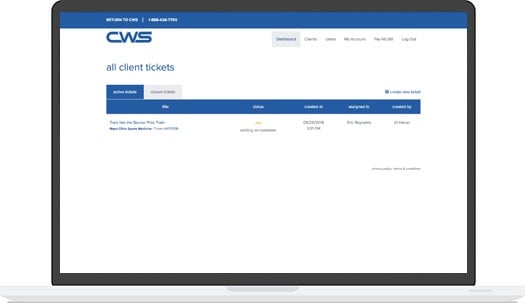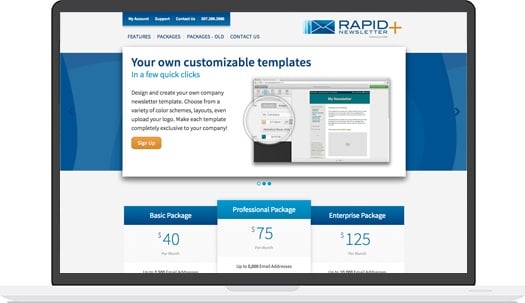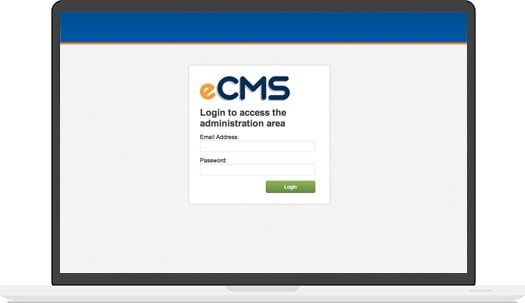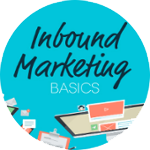Inbound marketing is all the rage nowadays, and with good reason — it works! It may also cost you a lot less than traditional marketing tactics. But that doesn't mean it's easy to do correctly. Here are the top five mistakes companies new to inbound marketing generally make and how to fix them.
Just as with any type of marketing, you need to build out a good strategy for your inbound marketing. While there are many different tools to help you get your name out there, you need to think about what actually makes sense for you.
Determine who you are trying to reach with your marketing. What does your ideal customer look like? Create a sample customer profile to help visualize who they are, and then design your content and creative around that person.
Then identify your marketing triggers — the events or pain points that would make your ideal customer search for your product or service. Once you understand who your customer is and why they would search for your company, create a list of keywords that will help them find you.
2. Trying to Do Everything at Once
Between Facebook, Twitter, Instagram, Pinterest, blogs, search engines and everything else out there, it can be tempting to just scale up on everything and hope it works. In actuality, it's better to focus on a few of these and do them really well, rather than just throw marketing at the wall and see what sticks. It's also distinctly possible that some of these aren't a good fit for your company, or won't reach your target market. For instance, if your target client is people age 60 and up, having a killer Twitter account probably isn't going to help them find you. This ties into having a concrete strategy — you need to know who your client is and what will be most effective in reaching them in order to determine what avenues to explore.
3. Not Setting Realistic and Measurable Goals
It is important to understand what you hope to achieve with your marketing strategy besides just "more sales." It is extremely helpful to set specific and measurable goals that are also realistic. Of course, we all have dream goals, but if you set smaller, achievable benchmarks, you're going to see more progress and far better results. Hard numbers are the only way to properly measure the effectiveness of any marketing strategy, so it's crucial to determine what you'd like to see by when in order to figure out if what you're doing is working and how effective it is.
Blogging has shown to be one of the most effective inbound marketing strategies. It allows your customers to find you in a natural way and become engaged in your brand without being directly sold something. It also helps boost your SEO by upping the content, keywords, and tags on your website, which makes you pop up in search engines and drives more traffic to your site. It can also help you generate leads by asking people to subscribe to blog updates or even just issuing calls to action at the end of each blog post.
However, you can also hurt yourself by not being strategic about what you're posting on your blog. Just posting content without making sure that it's something your customers will be interested in won't be very useful.
5. Not Nurturing Leads
Even if you do all of that right, if you don't nurture your leads, it will all be for naught. Once you get people in the door, you need to walk them through the rest of the process into becoming a customer. The good news is, you know they're already interested! It's important to follow up and keep them interested so that their interest turns into action.

.jpg?t=1533315998368) How-To Articles
How-To Articles Support Portal
Support Portal Webmail
Webmail Rapid Newsletter+
Rapid Newsletter+ eCMS
eCMS


 Alex Slack is a Project Manager and Content Creator. Her magic formula for marketing success is summarized by the 3Cs: communication, creativity, and care. She will help manage your project from the initial brainstorm session, to the height of your campaign and beyond. Let Alex guide you and help simplify this crazy world of digital marketing!
Alex Slack is a Project Manager and Content Creator. Her magic formula for marketing success is summarized by the 3Cs: communication, creativity, and care. She will help manage your project from the initial brainstorm session, to the height of your campaign and beyond. Let Alex guide you and help simplify this crazy world of digital marketing!
